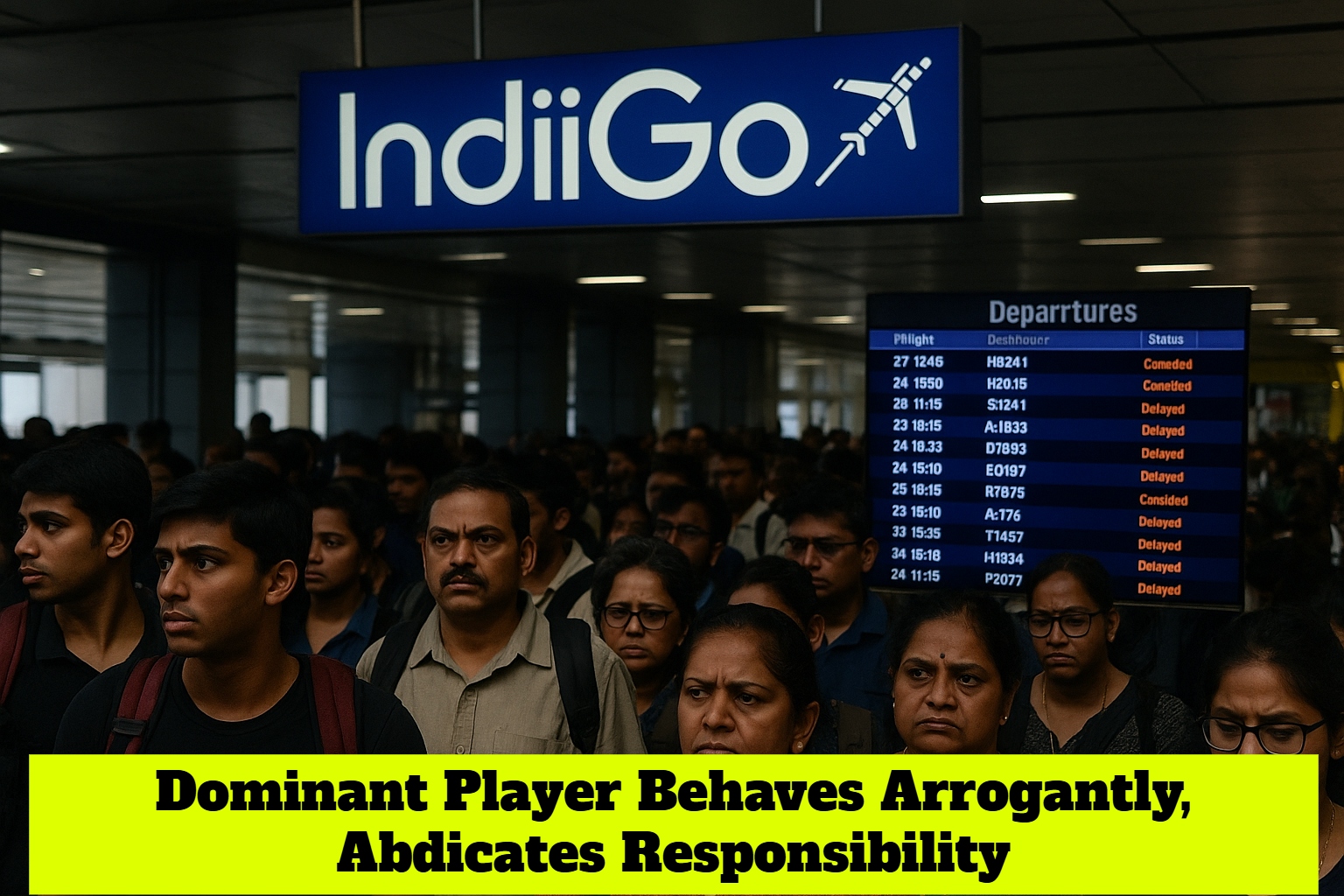

RBI vs. Government: Sustained growth more important than growth rate numbers
The main challenge that any economy faces is to choose between growth and inflation. It is widely accepted that high growth rate and high inflation cannot go hand-in-hand. For some time now, the main issue of dispute between the RBI and the government is the age old inflation-growth problem and the difference of opinion between the two. Raghuram Rajan has recently challenged critics to show how inflation is low.By Sampriti Sarkar
First publised on 2016-07-20 11:31:10
Finance Minister Arun Jaitley has made it clear that the government intends to focus its attention on growth. But for much of his tenure, RBI governor Raghuram Rajan, has focused on taming Indias sticky inflationary problem. That makes the two look almost like adversaries. On GDP growth figures, Rajan said he has refrained from thumping on the table to put a number on GDP growth. He further added that the focus should be on sustaining the GDP growth rather than focusing on percentage numbers.
At 7.3%, Indias GDP growth rate has been reasonably high in recent years. According to a leading website the Indian economy expanded 7.9 percent year-on-year in the first three months of 2016, higher than a downwardly revised 7.2 percent growth in the previous quarter and much better than market expectations of a 7.5 percent increase.
RBI tweaks key lending rates to control inflation or fuel growth. The repo rate fixed by RBI has been around 6.5%, which is quite high as often argued by critics. Since Rajans tenure began, he targeted the inflation rate to be in the range of 2%-6%. Inflation rate in India is measured by Consumer Price Index (CPI). The average CPI in India has been around 5.65% in 2016, which though is within the targeted range, is very close to the upper limit assigned by RBI. Consumer prices in India went up 5.77 percent year-on-year in June of 2016, accelerating for the third straight month and reaching the highest since August of 2014. In this backdrop, Rajan refused to cut down repo rates in spite of facing pressure from the government.
The way in which change in repo rates affect inflation and the rest of the economy is known as transmission mechanism. If there is a hike in the repo rate, market interest rates increases. This in turn leads to lower expected profitability of firms, stronger exchange rates, decrease in consumption and reduction in investment. All this hampers growth rate but leads to reduction in the demand for money. Thus the ultimate effect is lower inflation. So, decreasing repo rates will make easy money available and increase inflation.
A moderate rate of inflation does not affect growth, however high inflation cannot be associated with high growth. As inflation increases, repo rate is hiked by central banks as an automatic policy to reduce the amount of money people have in their hands. Companies put off growth plans facing a high interest rate. So high interest rate ends up controlling inflation but remains bad for growth. The moderate rate of inflation which is necessary for growth varies from country to country. RBI believes 5.8% to be on the higher side and that may hamper growth prospects.
Despite higher repo rates, Rajan added that Indian economy has done quite well even after facing two successive droughts, weak global economy and external shocks like Brexit. Ultimately, policies should be designed so as to focus on sustainable growth instead of just growth rate numbers. Moreover, the government and RBI should come together and decide on policies for sustaining growth instead of just focusing on numbers.











